
02.03.2015
Through an evolving system of objects and performances, Miami-based artists Domingo Castillo and Hugo Montoya use humor and performative subterfuge to bend the codes and conditions of the art world into funhouse mirrors.
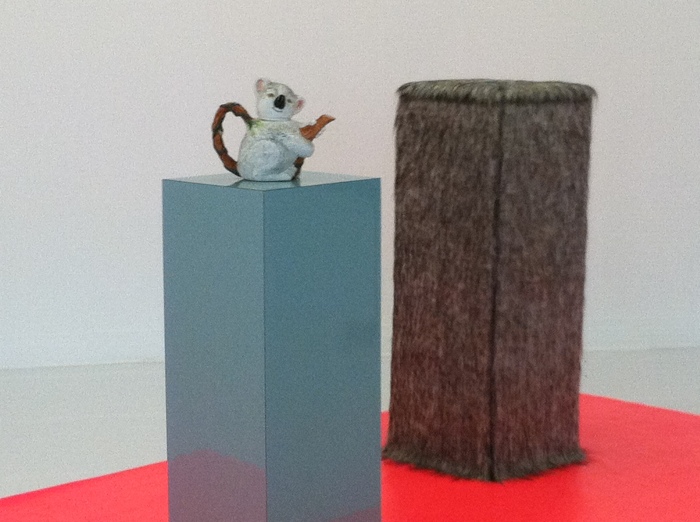 Hugo Montoya, Furrealz, from the Summer 2012 DuhHype show at Swampspace
Hugo Montoya, Furrealz, from the Summer 2012 DuhHype show at Swampspace
Two scenes. On Virginia Key, one of the barrier islands that separate the sprawling metropolis of Miami from the Atlantic Ocean, a man in a bathing suit drags a heavy cooler into his car. Elsewhere, another sits surrounded by a group of youths in an abandoned storefront in downtown Miami’s 777 International Mall. Incense mingles upwards with the metallic smell of ceviche coming from the Peruvian restaurant across the way. What are they talking about?
In most cities, it would be difficult to place those two scenes within the confines of contemporary art. But Miami isn’t like most cities. A place of reinvention and self-actualization, a Wild West where people can move horizontally or vertically with ease, an outpost, but also the emerging center of a new world—Miami is quickly creating a type of art in response to a culture of equal parts leisure and rupture. One strategy is to use humor in its many forms, ranging from the dirty joke to the Beckettian absurd. Two artists in this vein are Hugo Montoya, the man with the cooler, and Domingo Castillo, the one in the storefront.
Dragging the cooler to his car that day, Hugo Montoya was nervous, not because he was doing something illegal (although it certainly looked like it; famously, these beaches have been used for drug trafficking for decades), but because “the sign at the park says that you can’t use the park for anything it wasn’t intended for.” While what a public park is intended for is up for discussion, try explaining to a park ranger that you’re taking hundreds of pounds of clay for an art project. Montoya’s cooler was filled with clay that he dug out of the water. Over many trips, he drove the clay to the Guccivuitton Gallery in Little Haiti, where he would spread it on a wall. The piece is called Black Beach.
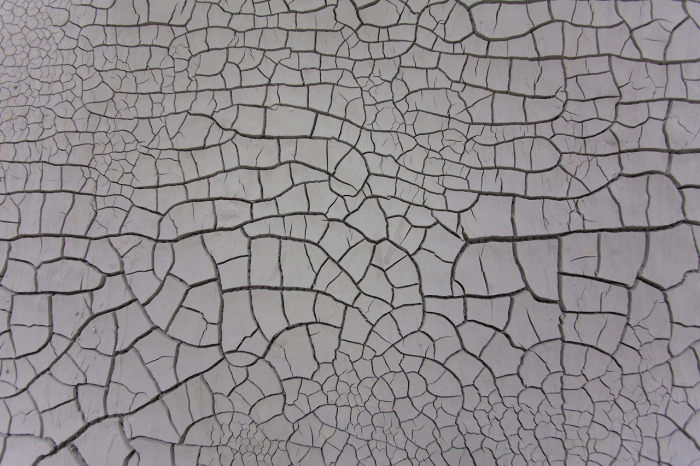 Hugo Montoya, Black Beach, 2013, clay, wall, dimensions variable (installation 96″ x 144″)
Hugo Montoya, Black Beach, 2013, clay, wall, dimensions variable (installation 96″ x 144″)
Montoya was born in Gainesville, Florida in 1975 to a Venezuelan-Bolivian family. He moved to Miami when he was four. He studied photography and sculpture at Florida International University, and had a short-lived first act as a photographer. While the work is strong (he flings the image into the faces of both subject and viewer, capturing what one could call the defensive moment), an unsold show early on led to reassessment and ultimately abandonment.
As many do, the young artist left Miami for New York. While there he worked as an art handler, which only inspired further crises: “I thought ‘why am I doing this? Why do I want to be an artist? So my work can end up in these people’s houses?’ I stopped making work for a while.” This underscores a reality that is pervasive in Miami, a city which has become synonymous with art-fair culture. The natural environment for a work of art is the luxury home. The museum, the university, the gallery all exist, but they are often just backup singers.
When he began again, the work was completely unlike anything he’d done before. To begin with, he was making sculptures. They displayed a subversive personality, something that you didn’t quite trust, both in on the joke and outside of it at the same time.
For one exhibition, Montoya presented two pedestals, one of which displayed a ceramic teapot shaped like a koala. The other displayed nothing, but was wrapped in fur—a move that placed it in conversation with Meret Oppenheim’s fur covered cup and saucer, and attendant conversations of camp and the unheimlich. If your mind is in the gutter, it also coaxed a mental leap back towards the koala’s phallus. Most importantly, it looked good. Working as an art handler and spending years wandering through Art Basel Miami Beach has given Montoya a preternatural ability to craft slick work that hides countless trap doors beneath its veneer.
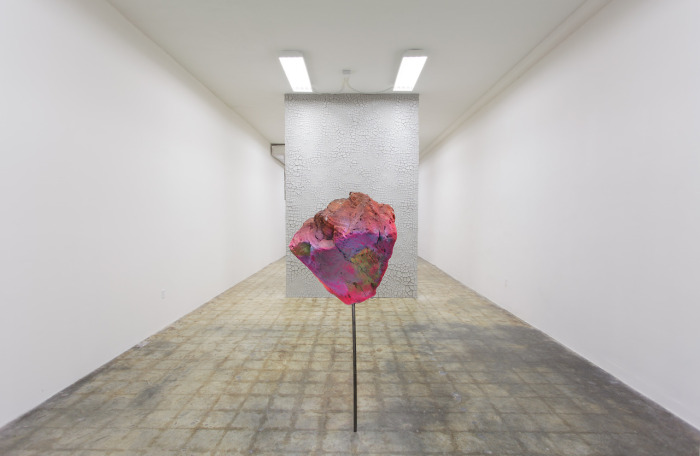 Hugo Montoya, Stolen Boulder, 2013, found boulder, enamel paint, steel rod, dimensions variable
Hugo Montoya, Stolen Boulder, 2013, found boulder, enamel paint, steel rod, dimensions variable
Montoya presented ‘Cause Living Just is Not Enough at Guccivuitton in the fall of 2013. Viewers were uneasy, mainly because the artist had balanced a 500-pound boulder atop a single piece of steel. “I always knew I wanted a boulder in the show. I never really got a boulder; I just got a big ass small rock.” The idea came when he was walking through Wynwood, Miami’s graffiti and iced coffee district. There, in front of the neighborhood shooting range, was the boulder. Hugo and five of his friends deadlifted it into a van and installed it in the gallery.
When viewed in a white cube (as opposed to outside of a shooting range), it looks like a Franz West, an artist who used lightweight sculptural materials such as papier-mâché and styrofoam to achieve the illusion of tectonic weight. Montoya flips that logic. The fact that the boulder was stolen from a shooting range in a neighborhood where Miami’s large private collections (such as the Rubell Family) have actual Wests on display only adds to the irony.
Behind the boulder loomed the wall of clay from Virginia Key. All in all, Montoya had dragged 1,000 pounds into the gallery to create the wall work. On one level, it was another of his canny appropriations of blue-chip artist’s work.t kind of looked like a Richard Long,and as such considers the Miami of Art Basel and the large collections like the Rubells, the de la Cruz family, and Marty Margulies. At the same time, however, Montoya digs deeper.
Although Miami today is an international city, it still must contend with the legacies of ferocious racism and disenfranchisement. During the time of segregation, Virginia Key was a black beach. Not many people know that, especially because the land around Virginia Key now commands some of the highest property values in the city. By dredging up the clay and then allowing it to dry and crumble in the gallery, Montoya poignantly struck at the heart of the city’s tense relationship with its own past.
Guccivuitton was founded in 2013 by three Miami artists: Loriel Beltran, Aramis Gutierrez, and Domingo Castillo, who “wanted to have a gallery without being a gallerist.” If Montoya’s work moves from form to form while oscillating between sincerity and ironic distance to preserve some autonomy as an artist, Castillo’s practice moves between producer, facilitator, and gadfly. In addition to the gallery work, he is a part of the nomadic art space the end/SPRING BREAK. Castillo was also one of the people sitting in the 777 International Mall, surrounded by young artists, breathing in incense. They were talking about Ubu Roi.
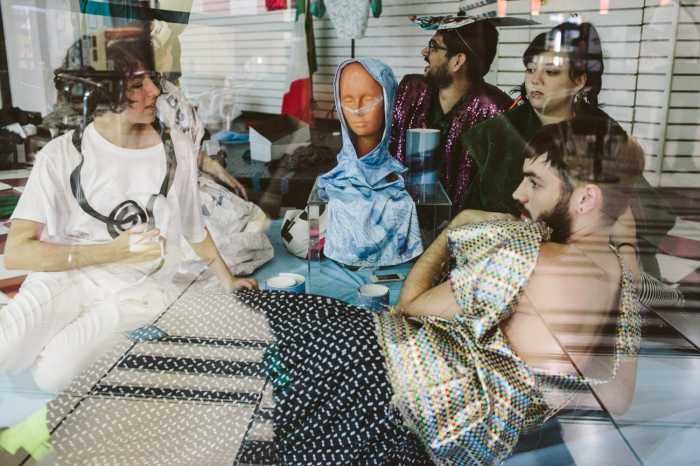 Domingo Castillo’s Fringe Project, performance/installation/rehearsal view. Photo: Gesi Schilling
Domingo Castillo’s Fringe Project, performance/installation/rehearsal view. Photo: Gesi Schilling
The piece, titled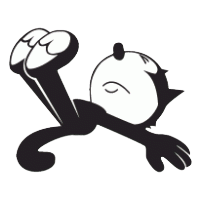 was part of Fringe Projects 2014, a series of temporary interventions into public space in Downtown Miami. Castillo and a group of artists met in the mall every day for four hours to rehearse the play, but also to understand the effect that it had during its time. Castillo asks, “How can this play be done today and still have that same kind of reaction, what are the conditions of now that would cause such an uproar?” The answer was to shock the audience with indifference. When visitors came with expectations of theater, of performance, of something happening, they were sorely let down. The actors were just hanging out, “finding a space for radical thought that doesn’t imply anything more than loitering,” Castillo says.
was part of Fringe Projects 2014, a series of temporary interventions into public space in Downtown Miami. Castillo and a group of artists met in the mall every day for four hours to rehearse the play, but also to understand the effect that it had during its time. Castillo asks, “How can this play be done today and still have that same kind of reaction, what are the conditions of now that would cause such an uproar?” The answer was to shock the audience with indifference. When visitors came with expectations of theater, of performance, of something happening, they were sorely let down. The actors were just hanging out, “finding a space for radical thought that doesn’t imply anything more than loitering,” Castillo says.
Although well known within Miami’s art scene, Castillo actively obfuscates his biography, trolling the cult of the CV. For instance, here is his complete bio from the Fringe Projects website :
CASTILLO has unrivaled experience and expertise. He has been practicing fine art for over 50 years, advising some the most noteworthy companies in the Dominican Republic and nearly all the major corporations in Latin America. He is currently a member of the board of the main bank in the Dominican Republic. Mr. Castillo leverages his thorough understanding of the commercial and financial landscape on behalf of all the firm’s clients, advising collectors and artists on long-term strategies and crisis management.
This biography might belong to some Mr. Castillo somewhere, but not to the one sitting in the 777 International Mall, workshopping Alfred Jarry. Nor to the artist who took over a gallery in Miami’s posh Design District during Art Basel 2011 to host what might have been the season’s most exclusive party. The performance was called Duets. Only Castillo’s friends and one guest could enter the gallery, where a group of locals huddled around a karaoke machine, belting out duets. In an inversion of the logic of the velvet rope, Castillo turned away anyone he did not know: a very large percentage of the people who had gathered outside, which included many collectors and others who would surely be VIP at any other party in town.
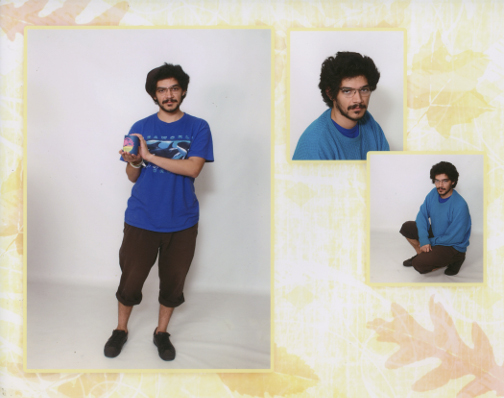 “When Domingo Castillo, a teenage boy living in Spanish colonial California, inadvertently reveals his mysterious ability to summon hidden information from people and the objects that they have touched, his life is tragically altered; his struggle to survive and make peace with his growing powers lead him and the supernatural being, which has chosen to be his guardian, towards the inevitable battle confronting them both.” -(Castillo’s Bio, according to his resident page on CannonballMiami.org, an artist residency in the city)
“When Domingo Castillo, a teenage boy living in Spanish colonial California, inadvertently reveals his mysterious ability to summon hidden information from people and the objects that they have touched, his life is tragically altered; his struggle to survive and make peace with his growing powers lead him and the supernatural being, which has chosen to be his guardian, towards the inevitable battle confronting them both.” -(Castillo’s Bio, according to his resident page on CannonballMiami.org, an artist residency in the city)
Not all of Castillo’s practice involves these Kaufmanesque stunts. “Interested in the history of this city, in its lack of history,” he created a digital depository of Miami culture called Miami World Internet Café(it has since been taken down because he didn’t pay the hosting). He’s also bound together a collection of artist ephemera called La Bête. As necessary as these things are, they’re also bound up in a gag. The Miami World Internet Café actually was based in a building in the ghetto, and didn’t have any computers; La Bête was printed to resemble a lost magazine from some undefined moment in Miami’s history.
Like Montoya, Castillo uses different ruses, scams, moments of parrhesia, and linguistic subterfuge to undermine commonly held notions about life in Miami. Not that any of this is a laughing matter. “Art is so serious, but at the same time it’s absolutely not,” he says. “It becomes so much about life, and living, that art is just a moment to get there. Only with the development of communities and friendships does the seriousness start fading.”
If these two artists have anything in common, it is that they have doubled down on the absurdity and liminal positioning of Miami. Their work is not snide, nor is it uninvested. Instead, one might say that it functions like a game of charades. In his famous essay on animal mimicry, Roger Caillois offered the idea that sanity is defined by keeping the environment at arms length, as understanding that you are separate from it, and that schizophrenia or insanity is recognized by a lack thereof—a malleability of character influenced solely by environment. Within these terms, the practices of Montoya and Castillo succeed because they are both sane and insane. This isn’t the occasion to list the absurdities of Miami society. But for each one, there is a moment of levity, of warmth, and of potential that invigorates the art being made there. The good cannot exist without with the bad. You have to laugh to keep from crying.
All images courtesy of the artists and Guccivuitton, Miami.
Comments
There are no coments available.